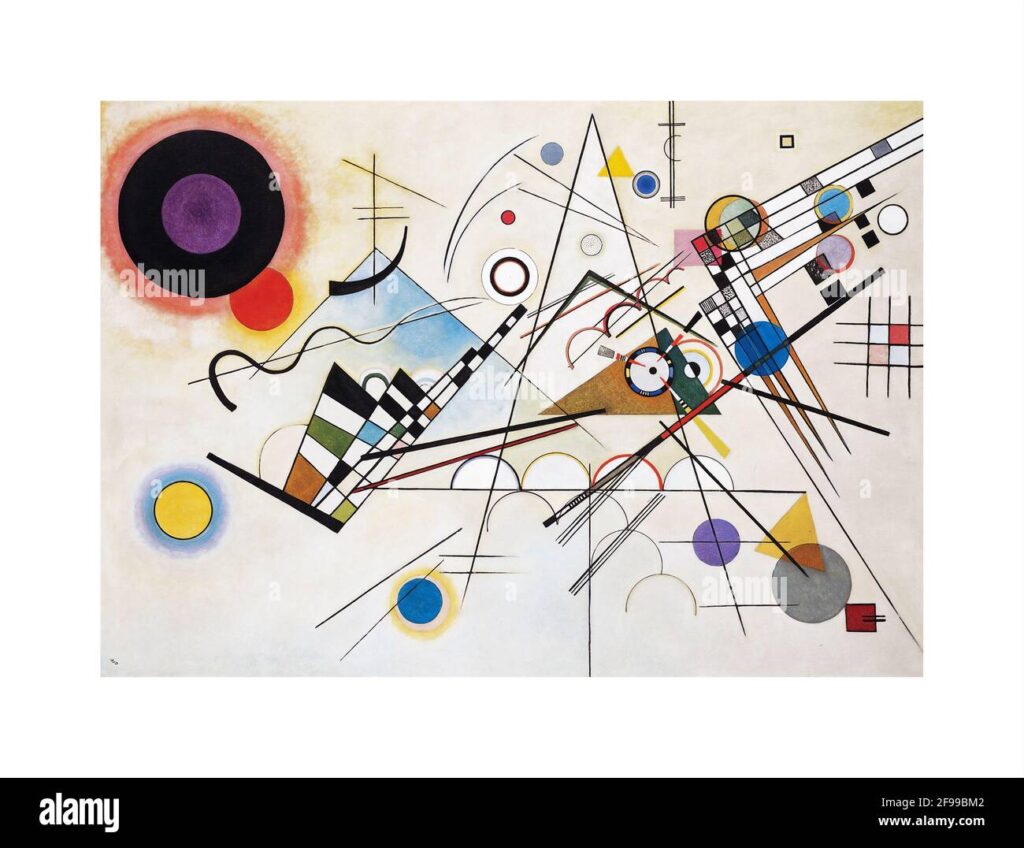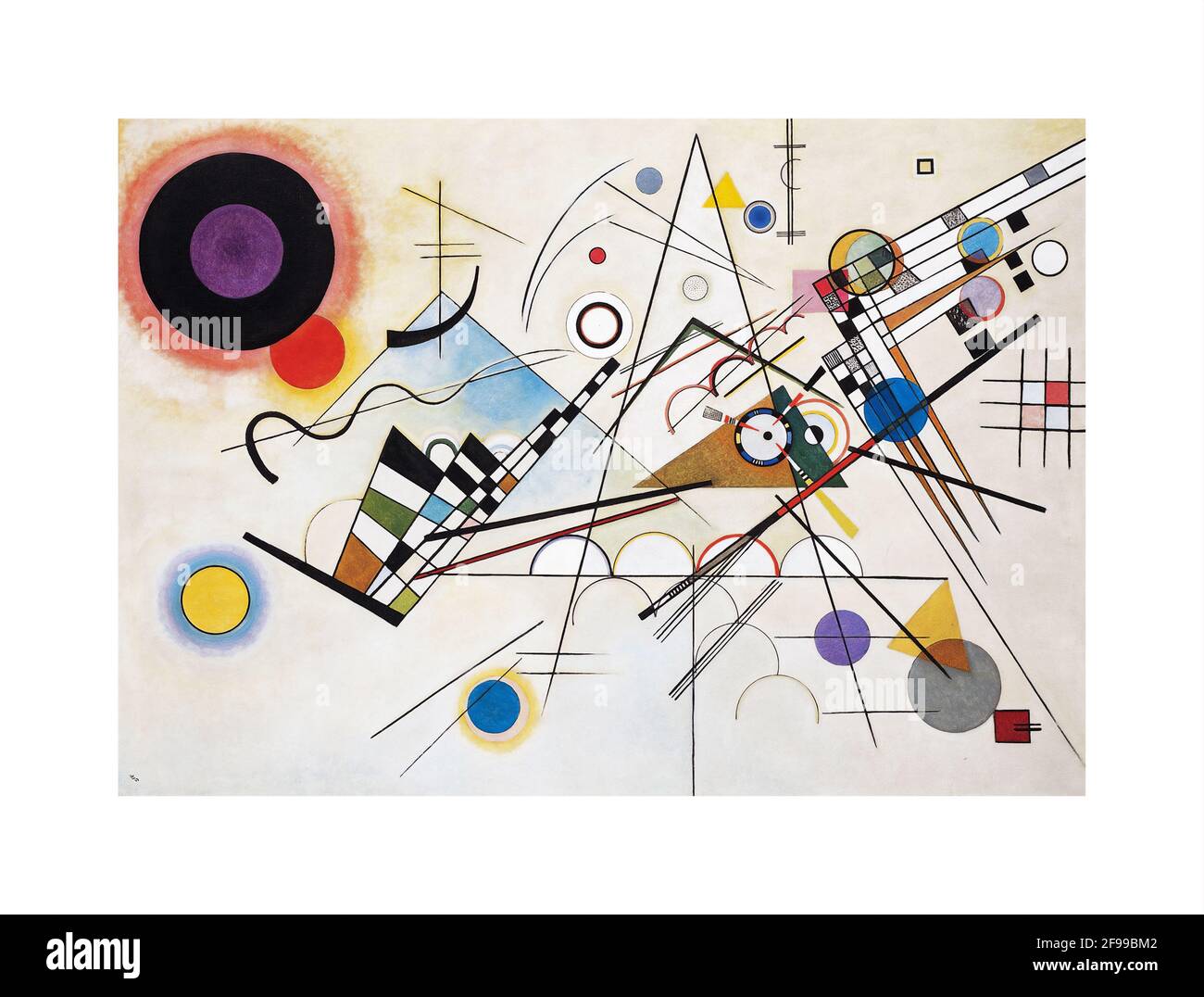
Decoding the Masters: A Comprehensive Guide to Famous Abstract Art
Abstract art, often misunderstood and sometimes dismissed, holds a profound place in the history of art. More than just random splashes of color or chaotic forms, famous abstract art represents a radical departure from representational art, inviting viewers to engage with the work on an emotional and intellectual level. This comprehensive guide delves into the world of abstract art, exploring its origins, key movements, influential artists, and lasting impact. We aim to provide you with the knowledge and understanding to appreciate and interpret these groundbreaking works, moving beyond surface-level observations to uncover the deeper meanings and artistic intentions behind them. Whether you’re a seasoned art enthusiast or a curious beginner, this exploration will enrich your appreciation of this pivotal art form.
What is Abstract Art? A Journey Beyond Representation
At its core, abstract art moves away from depicting recognizable objects or scenes. Instead, it focuses on elements such as color, form, line, texture, and composition as its primary subjects. This doesn’t mean abstract art is devoid of meaning; rather, the meaning is often more subjective and open to interpretation. The artist’s intention, the historical context, and the viewer’s own experiences all play a role in shaping the understanding of an abstract artwork. In essence, it’s a dialogue between the artist and the audience, mediated by the artwork itself.
The evolution of abstract art can be traced back to the late 19th and early 20th centuries, a period of immense social, political, and technological change. Artists began to question traditional artistic conventions and sought new ways to express their inner worlds and the rapidly changing world around them. The rise of photography, which provided a new means of capturing reality, further liberated artists from the constraints of representational accuracy. This paved the way for experimentation and innovation, leading to the birth of abstract art.
Key principles of abstract art include:
- Non-representational: It does not aim to depict realistic objects or scenes.
- Emphasis on Form: Focuses on elements like color, line, shape, and texture.
- Subjectivity: Meaning is open to interpretation and influenced by the viewer’s perspective.
- Emotional Expression: Often conveys emotions, feelings, and ideas through abstract forms.
- Experimentation: Encourages innovation and pushing the boundaries of traditional art.
Pioneering Movements in Abstract Art
Several distinct movements have shaped the landscape of abstract art, each with its unique characteristics and philosophies. Understanding these movements is crucial for appreciating the diversity and complexity of this art form.
Cubism: Fragmenting Reality
Cubism, pioneered by Pablo Picasso and Georges Braque, revolutionized art by breaking down objects into fragmented geometric forms and depicting them from multiple viewpoints simultaneously. This challenged the traditional notion of a single, fixed perspective, reflecting the dynamism and complexity of modern life. Key characteristics include:
- Fragmentation: Objects are broken down into geometric shapes.
- Multiple Perspectives: Depicts objects from various angles at once.
- Monochromatic Palette: Often uses a limited range of colors, such as browns, grays, and blacks.
Futurism: Celebrating Speed and Technology
Emerging in Italy in the early 20th century, Futurism celebrated the speed, technology, and dynamism of the modern world. Futurist artists sought to capture the energy and movement of machines, cars, and urban life in their works. Key features include:
- Emphasis on Movement: Depicts objects in motion, often using blurred lines and fragmented forms.
- Celebration of Technology: Glorifies machines, speed, and industrial progress.
- Dynamic Composition: Creates a sense of energy and dynamism through diagonal lines and fragmented shapes.
Suprematism: Pure Geometric Abstraction
Developed by Kazimir Malevich in Russia, Suprematism aimed to achieve pure abstraction through the use of basic geometric forms, such as squares, circles, and rectangles. Malevich believed that these forms could convey a sense of spiritual purity and transcendence. Characteristics included:
- Geometric Forms: Uses basic shapes like squares, circles, and rectangles.
- Limited Color Palette: Often employs a limited range of colors, such as black, white, and primary colors.
- Emphasis on Spirituality: Seeks to convey a sense of spiritual purity and transcendence.
Abstract Expressionism: Spontaneity and Emotion
Emerging in the United States after World War II, Abstract Expressionism emphasized spontaneous gesture, bold brushstrokes, and emotional expression. Artists like Jackson Pollock and Mark Rothko created large-scale canvases that conveyed a sense of raw energy and emotion. Key features included:
- Spontaneous Gesture: Emphasizes the act of painting itself, often using bold brushstrokes and dripping paint.
- Large-Scale Canvases: Creates immersive experiences for the viewer.
- Emotional Expression: Conveys a sense of raw emotion and personal experience.
Iconic Figures in the Realm of Abstract Art
Several artists have left an indelible mark on the history of abstract art, pushing the boundaries of artistic expression and inspiring generations of artists. Here are a few of the most influential figures:
Wassily Kandinsky: The Pioneer of Abstract Art
Often credited as the pioneer of abstract art, Wassily Kandinsky explored the relationship between color, form, and emotion in his groundbreaking works. His paintings, such as “Composition VII,” are characterized by their vibrant colors, dynamic compositions, and spiritual undertones. Kandinsky believed that art should express the artist’s inner world and evoke emotions in the viewer.
Piet Mondrian: De Stijl and Geometric Abstraction
A key figure in the De Stijl movement, Piet Mondrian developed a style of geometric abstraction characterized by its use of horizontal and vertical lines, primary colors, and black and white. His paintings, such as “Composition with Red, Blue and Yellow,” are renowned for their simplicity, balance, and harmony. Mondrian sought to create a universal visual language that could express the underlying order of the universe.
Jackson Pollock: Action Painting and Drip Technique
Jackson Pollock revolutionized painting with his innovative drip technique, which involved pouring and splattering paint onto a canvas laid on the floor. His large-scale, energetic paintings, such as “Number 1, 1950 (Lavender Mist),” are celebrated for their spontaneity, dynamism, and raw emotional power. Pollock’s work challenged traditional notions of artistic control and composition.
Mark Rothko: Color Field Painting and Emotional Depth
Mark Rothko is best known for his large-scale color field paintings, which feature rectangular blocks of color arranged on a vertical canvas. His paintings, such as “Orange, Red, Yellow,” are renowned for their emotional depth, spiritual resonance, and ability to evoke a sense of contemplation and transcendence. Rothko sought to create paintings that could communicate profound human emotions and experiences.
The Enduring Legacy of Abstract Art
Abstract art continues to inspire and influence artists today. Its emphasis on experimentation, innovation, and emotional expression has opened up new possibilities for artistic creation. Abstract art has also played a significant role in shaping our understanding of visual culture, challenging us to question traditional notions of beauty, representation, and meaning. Its influence can be seen in various fields, from design and architecture to music and literature. The principles of abstraction – simplification, emphasis on form, and subjective interpretation – are prevalent in modern visual communication and aesthetics.
The relevance of famous abstract art in the 21st century stems from its ability to reflect the complexities and uncertainties of modern life. In an era of information overload and rapid technological change, abstract art offers a space for contemplation, emotional connection, and personal interpretation. It encourages viewers to engage actively with the artwork, drawing on their own experiences and perspectives to create meaning. Recent exhibitions and studies indicate a renewed interest in abstract art, particularly among younger generations who are drawn to its open-endedness and its ability to challenge conventional norms.
Understanding Abstract Art’s Appeal: A Psychological Perspective
Why does abstract art resonate with so many people? Part of the answer lies in its ability to tap into our subconscious emotions and associations. Unlike representational art, which relies on recognizable imagery, abstract art invites us to project our own feelings and experiences onto the artwork. This can be a powerful and cathartic experience, allowing us to connect with our inner selves and explore our emotions in a safe and non-judgmental space. Furthermore, the ambiguity of abstract art can be intellectually stimulating, challenging us to think critically and creatively about the world around us.
From a psychological perspective, abstract art engages several cognitive processes:
- Pattern Recognition: Our brains are wired to seek patterns, even in seemingly random compositions.
- Emotional Response: Colors, shapes, and lines can evoke specific emotions.
- Creative Interpretation: We actively participate in creating meaning, fostering a sense of personal connection.
Abstract Art and Interior Design: Creating Harmonious Spaces
Abstract art can be a powerful tool for enhancing interior spaces, adding visual interest, and creating a sense of harmony and balance. When selecting abstract art for your home or office, consider the following factors:
- Color Palette: Choose artworks that complement the existing color scheme of the room.
- Scale and Proportion: Select pieces that are appropriately sized for the space.
- Composition: Consider the overall composition of the artwork and how it interacts with the surrounding elements.
- Personal Preference: Ultimately, choose artworks that you love and that resonate with your personal style.
Abstract art can be used to create a variety of moods and atmospheres, from calming and serene to energetic and dynamic. A large-scale abstract painting can serve as a focal point in a living room, while a smaller abstract print can add a touch of sophistication to a bedroom or office. Experiment with different styles and techniques to find the perfect abstract art for your space.
The Future of Abstract Art: Innovation and Exploration
Abstract art continues to evolve and adapt to the changing world around us. Contemporary artists are exploring new materials, techniques, and technologies to create innovative and thought-provoking abstract works. Digital art, mixed media, and installation art are just a few of the avenues being explored. The future of abstract art is bright, with endless possibilities for experimentation and creative expression. As technology advances, we can expect to see even more exciting developments in this dynamic and ever-evolving art form.
Appreciating Abstract Art: A Final Thought
Famous abstract art isn’t about finding a single, correct interpretation. It’s about engaging with the artwork on a personal level, allowing it to evoke emotions, spark ideas, and challenge your perceptions. By understanding the history, principles, and key figures of abstract art, you can develop a deeper appreciation for this groundbreaking and influential art form. We hope this guide has provided you with the tools and knowledge to explore the world of abstract art with confidence and curiosity.
Ready to deepen your understanding? Explore local galleries and museums to experience abstract art firsthand. Share your thoughts and interpretations with fellow art enthusiasts and continue your journey of discovery.

